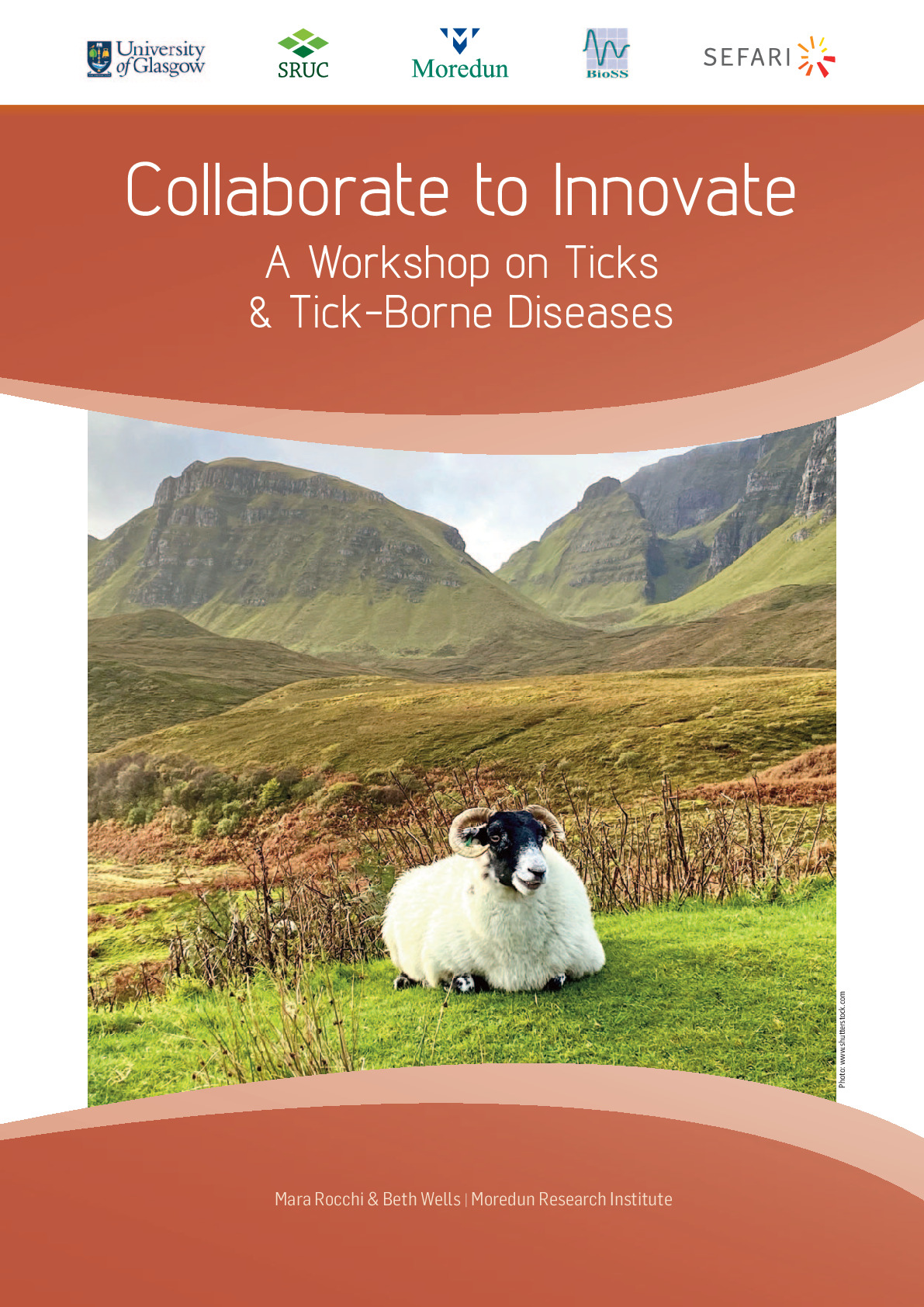Download
Description
Ticks are external blood-sucking parasites that feed on a variety of hosts including livestock, wildlife and humans. The most common tick in the UK is the sheep tick (Ixodes [I.] ricinus) which is indiscriminate, feeding on a wide range of hosts, from birds to small and large mammals, including humans, whereas many other species of ticks feed more selectively on specific animal species. The sheep tick can carry pathogens responsible for several diseases including louping ill (LI), tickborne fever (TBF), babesiosis (red water), Lyme disease, tick pyaemia and tickborne encephalitis (TBE).
These diseases can cause significant economic losses to farmers but may also impact on human health. Heavy tick infestations themselves may cause ill-health such as irritation, anaemia and production losses even if no diseases are transmitted. A growing concern facing livestock producers in the UK is the increased risk from ticks and associated tick-borne diseases (TBDs). Factors influencing the increase in ticks and TBDs include:
- Climate change resulting in a wider geographic spread or earlier activity of ticks
- Increased wildlife movement and geographic spread with more ticks' hosts and reservoirs
- Shifts in land use and agricultural practices, such as rewilding and reforestation
All these factors can have an impact on ticks and TBDs expansion, which is concerning and particularly relevant for upland areas of the UK, of which Scotland has many.
With the support of the Scottish Environment, Food and Agriculture Research Institutions (SEFARI) Innovative Knowledge Exchange (IKE) Fund and led by the Moredun Research Institute (MRI), with partners Scotland’s Rural College (SRUC), Biomathematics & Statistics Scotland (BioSS) and the University of Glasgow, a one-day workshop was organised and held at MRI on the 6th of September 2024. The focus of the workshop was to discuss the challenges posed by ticks and TBDs expansion, promote exchange of information, build a coordinated network to improve industry guidelines and explore practical solutions. The morning of the workshop was designed to be a fact-finding exercise with presentations and sharing of experiences, with the afternoon focusing on addressing specific questions within focus groups. The workshop was by invitation only (80 stakeholders) to make it as relevant and as broad as possible but also focused. Effective management of ticks and TBDs requires a collaborative approach involving all stakeholders, to ensure that the differing priorities of the farming community, veterinary and pharmaceutical industries, land management and game sector, public health bodies, policy makers and conservationists are addressed and that all affected are involved in the decision making.
